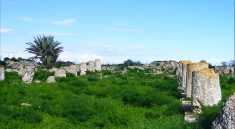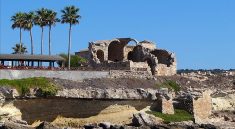The basilica of Paphos represented Cypriot Byzantine Art and Architecture at its finest and gave Paphos a new religious identity, for the basilica was one of the largest on the island with originally seven aisles. It was built adjacent to the synagogue where St. Paul was whipped, according to Cypriot tradition. The synagogue was used by the first Christians instead of being destroyed because the Pillar of St. Paul became a place of pilgrimage.
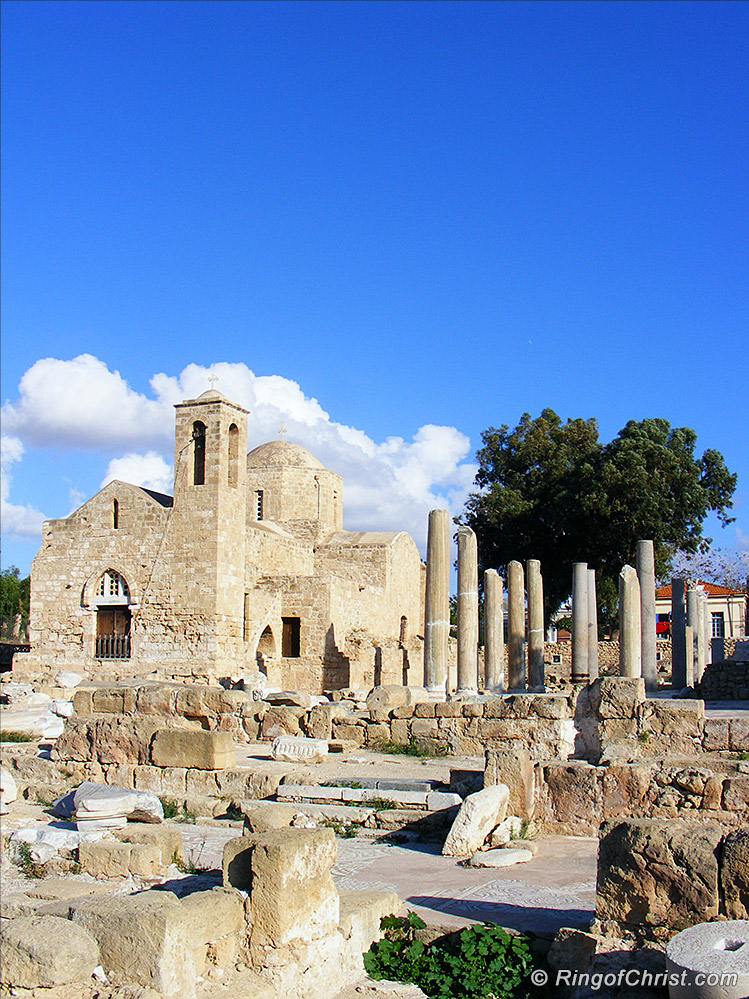
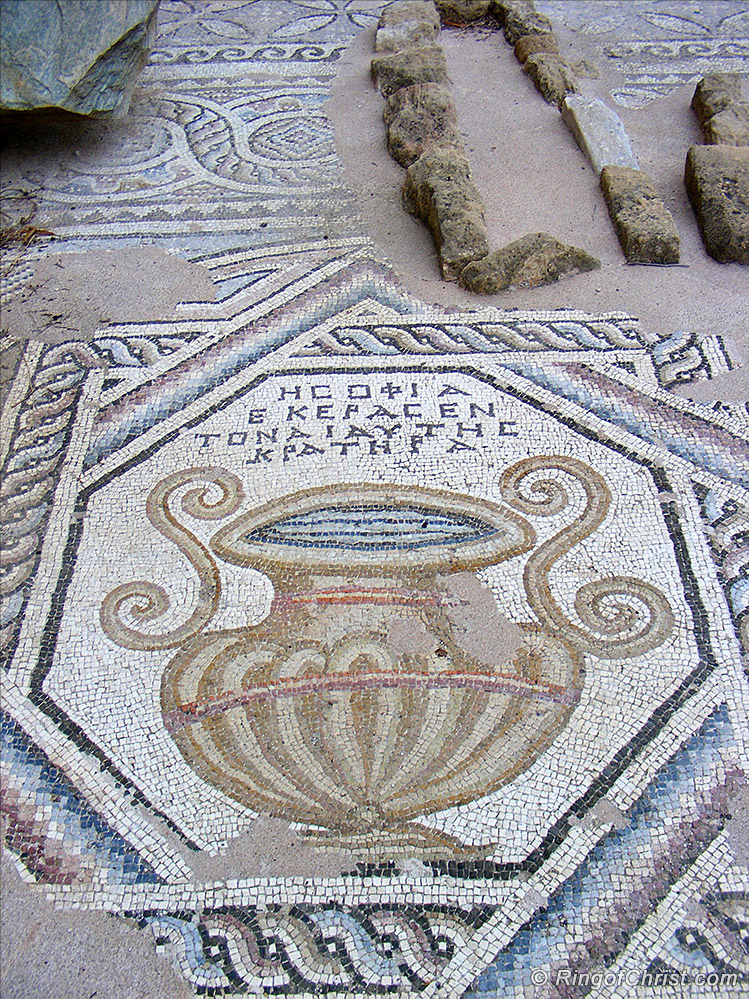
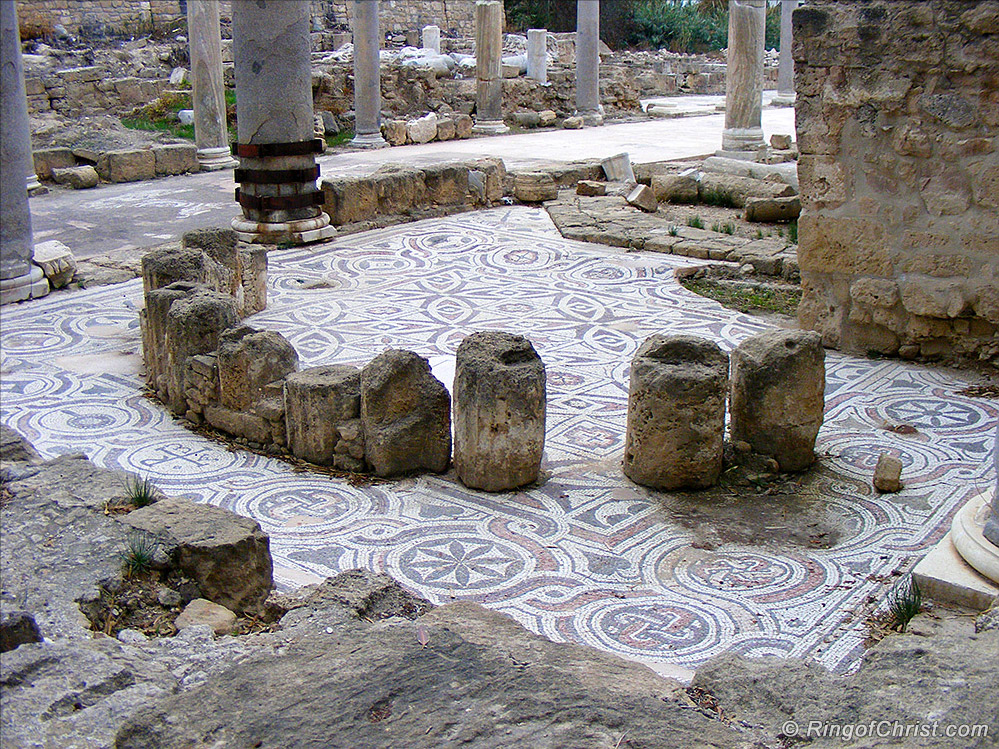
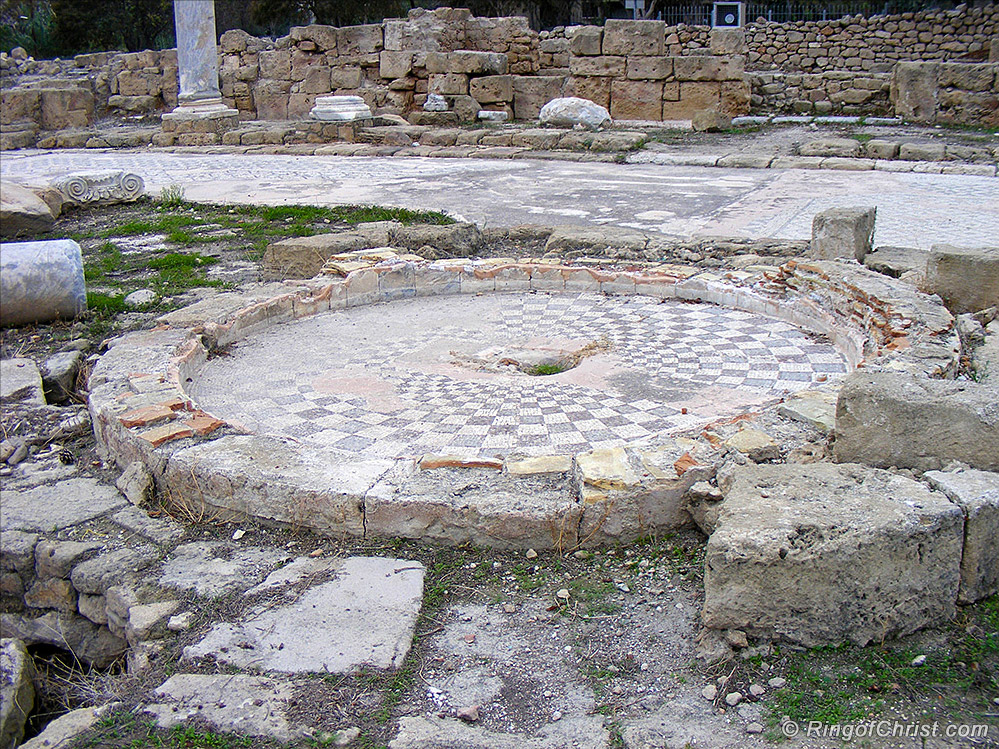
The mosaics at the basilica are from the late Roman/Early Byzantine Period.
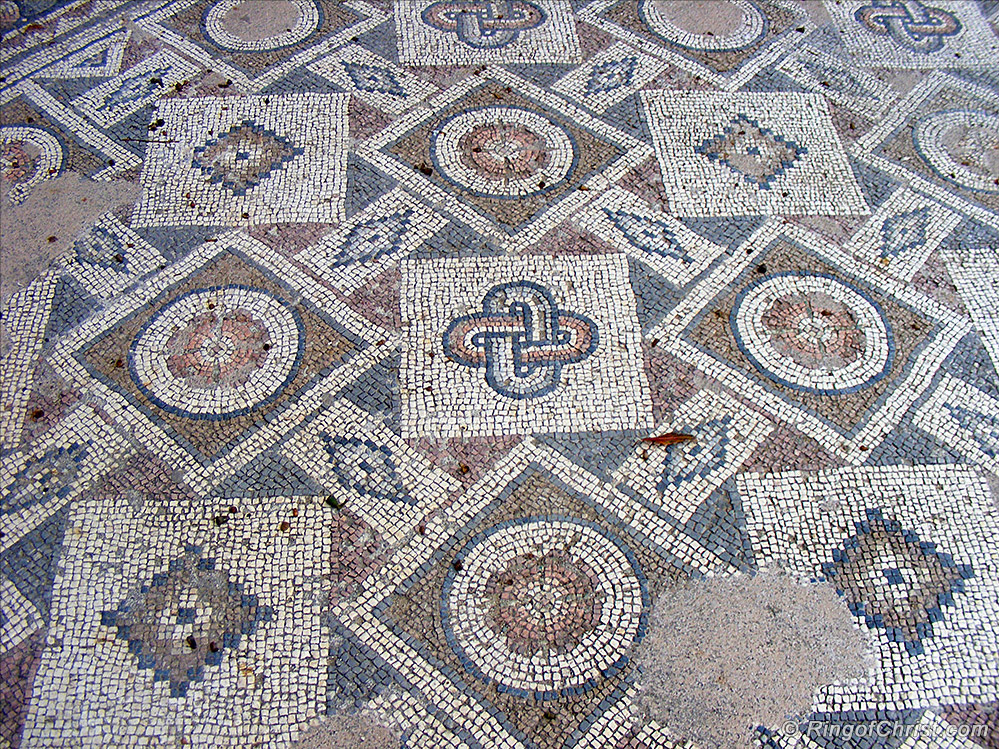
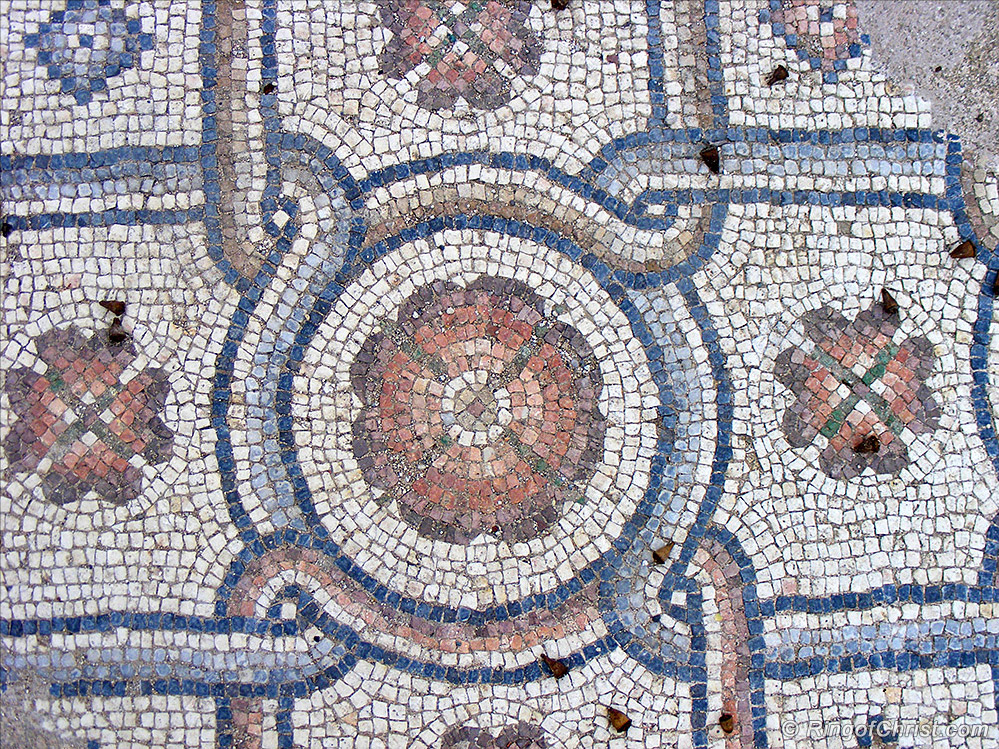
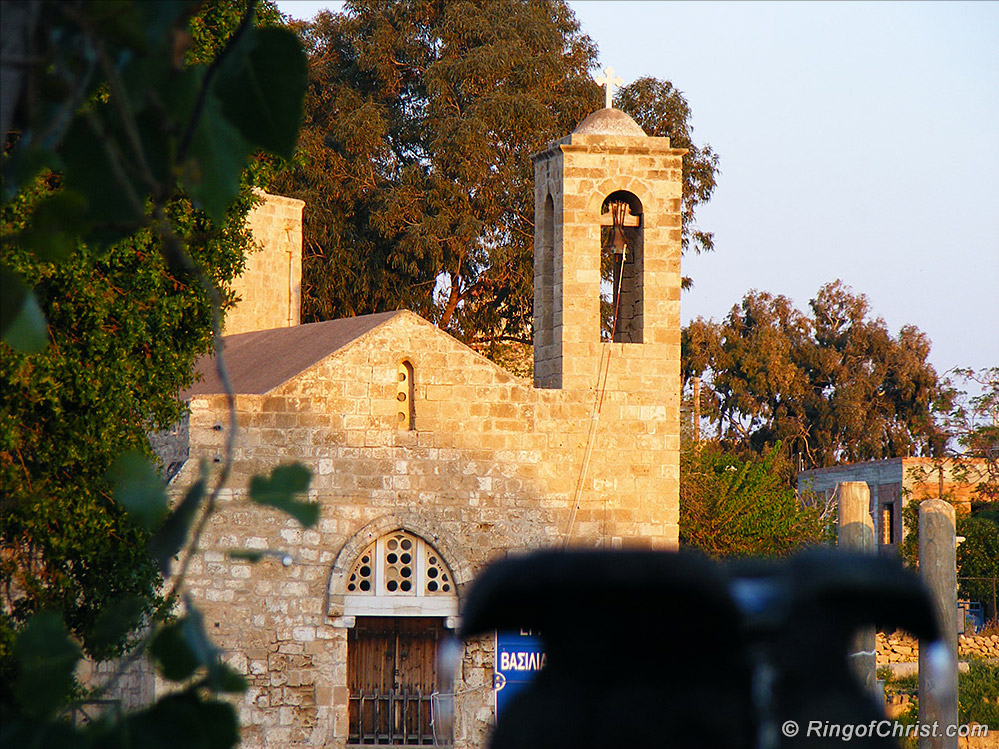
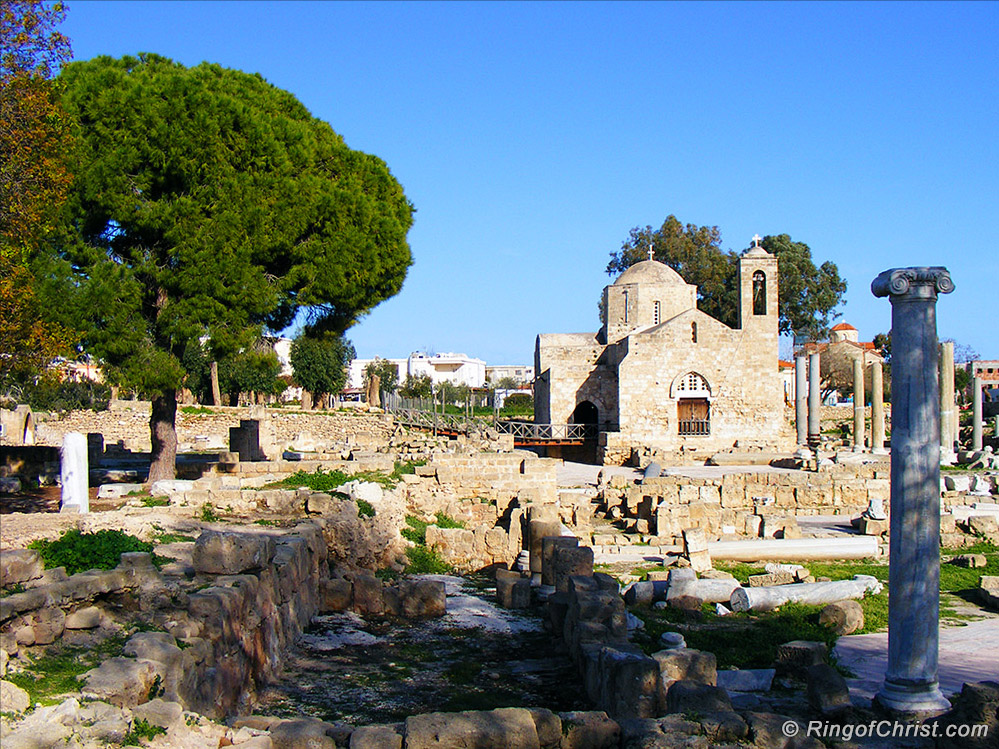
The church there today was built in 1500 A.D. and is used by both the Roman Catholic and Anglican Church for services.
North of the basilica the ruins of a gothic church belonging to a Franciscan monastery are visible. The gothic church was built around 1300 A.D. and fell into ruin in 1600 A.D
